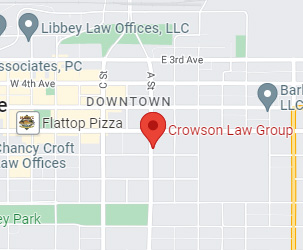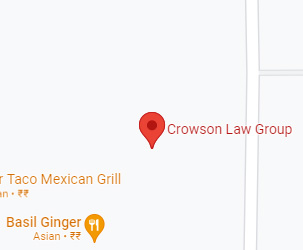Alaska Medical Malpractice Laws

Medical malpractice cases can be labyrinthine, even in the wilds of Alaska. If you suffer from a medical malpractice issue in Alaska, this article is your guide to understanding the ins and outs of Alaska’s medical malpractice laws. You’ll discover essential information about this complex field, whether you are a potential plaintiff, a curious reader, or someone interested in legal intricacies.
Alaska’s Medical Malpractice Statute of Limitations
The statute of limitations in Alaska is a countdown clock that starts ticking when you have suffered harm and want to file a lawsuit. As in many other states, this clock ticks for Alaska medical malpractice cases and other personal injury claims. You usually have two years to file your lawsuit, starting from the date of the alleged medical error.
However, life is not always that simple. Alaska acknowledges the “discovery” exception. This means you might get a bit more time if you only discovered the harm or could reasonably have discovered it after the alleged malpractice occurred. If you are relying on this, you must prove that you did not know about the claim within those initial two years.
Alaska has what’s called a “statute of repose.” This dictates that no medical malpractice lawsuit can be filed more than ten years after the medical error. Even if you did not realize you were harmed until after the event. However, if a foreign object, like a surgical sponge, is left in your body, the clock pauses until it is discovered.
Proving Medical Malpractice in Alaska
Proving medical malpractice in Alaska is not just about pointing fingers; you must establish crucial elements. First, you must show that there was a “health care provider-patient relationship” between you and the defendant at the time of the alleged malpractice. This is the foundation.
Next, the “medical standard of care” comes into play. This is a fancy way of saying you need to prove that the healthcare provider failed to provide the kind of care a reasonable provider in their position would have offered. It’s like comparing apples to apples—the care they provide should be similar to what another healthcare provider would have given in the same circumstances.
If the healthcare provider didn’t measure up to this standard, and that failure resulted in damages you wouldn’t have otherwise incurred, you’re on the right track. But remember, complex legal acrobatics are needed to connect the dots here.
Alaska’s Cap on Medical Malpractice Damages
Here’s where things get financial. Alaska, like a majority of states, has capped the compensation a medical malpractice plaintiff can receive. Now, don’t get too worried; these caps don’t apply to economic losses. That means the costs of medical care, lost income, and future work impairments can all be fully compensated.
When it comes to non-economic damages, Alaska has set its limits. The cap stands at $250,000 for most cases. However, if it’s a case of wrongful death or “severe permanent physical impairment” above 70 percent, the cap rises to $400,000. It’s like putting a price tag on intangible suffering—pain, suffering, disfigurement, and other emotional and physical burdens.
Alaska’s Shared Fault Rules
Sometimes, the defendant might argue that you are partially responsible for your injuries. Alaska plays by the “pure comparative negligence” rule. This means that if you are found somewhat negligent, your compensation will be reduced in proportion to your fault.
For example, if you are awarded $100,000 but are found 20 percent at fault, your payout shrinks to $80,000. Unlike other states, you could still receive compensation even if you are more responsible for your injuries than the defendant.
Navigating Alaska’s medical malpractice laws is like exploring a wilderness of legal intricacies, from the statute of limitations to proving malpractice, understanding damages caps, and sharing fault. But armed with this knowledge, you could navigate the challenges of medical malpractice cases. Always consult an experienced medical malpractice attorney if in doubt.


